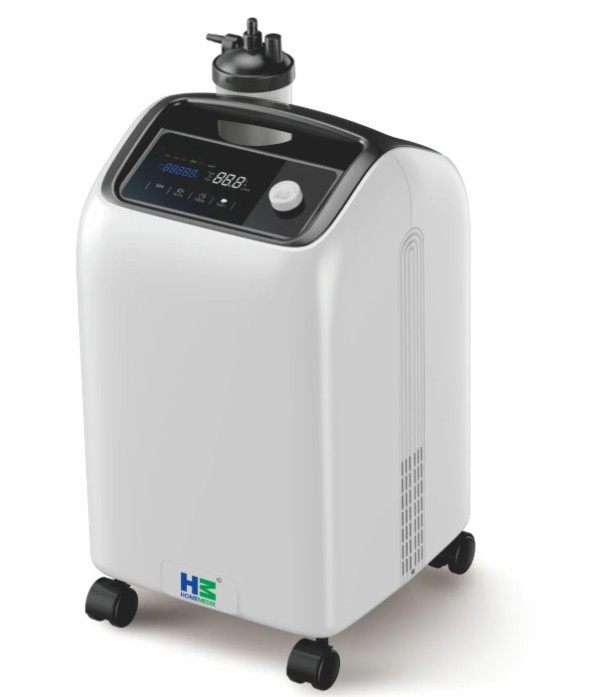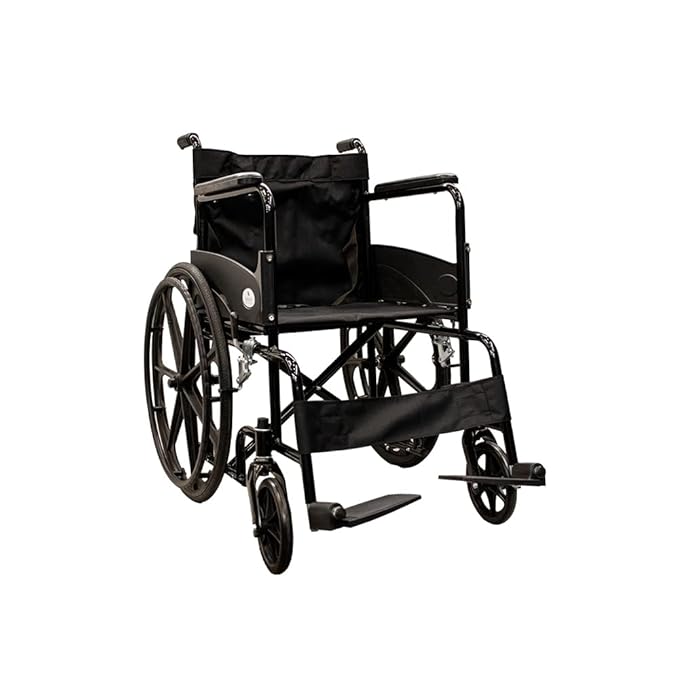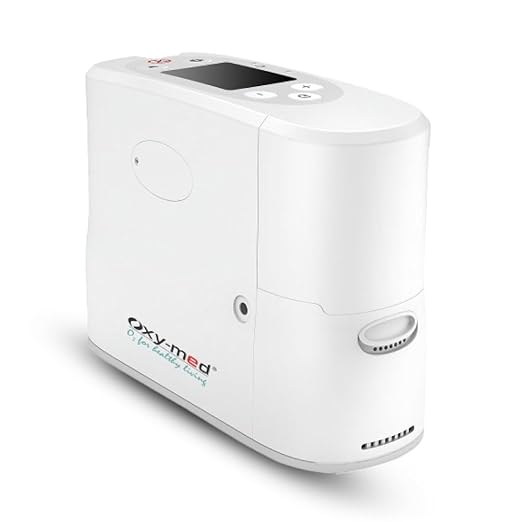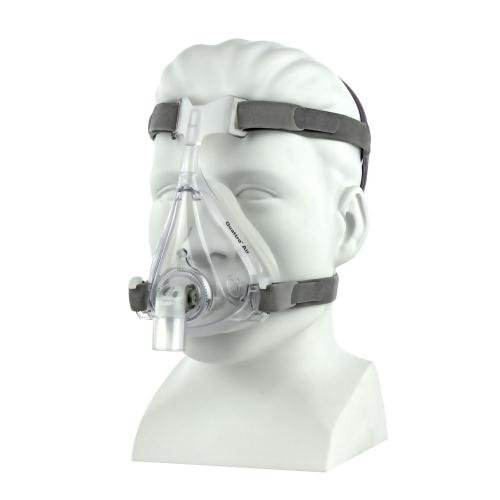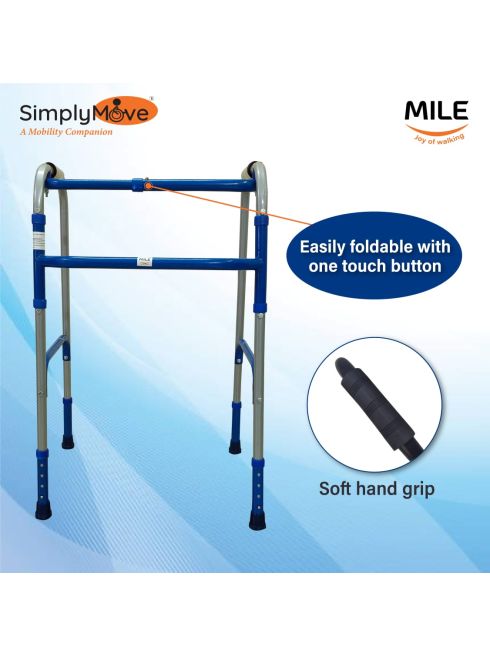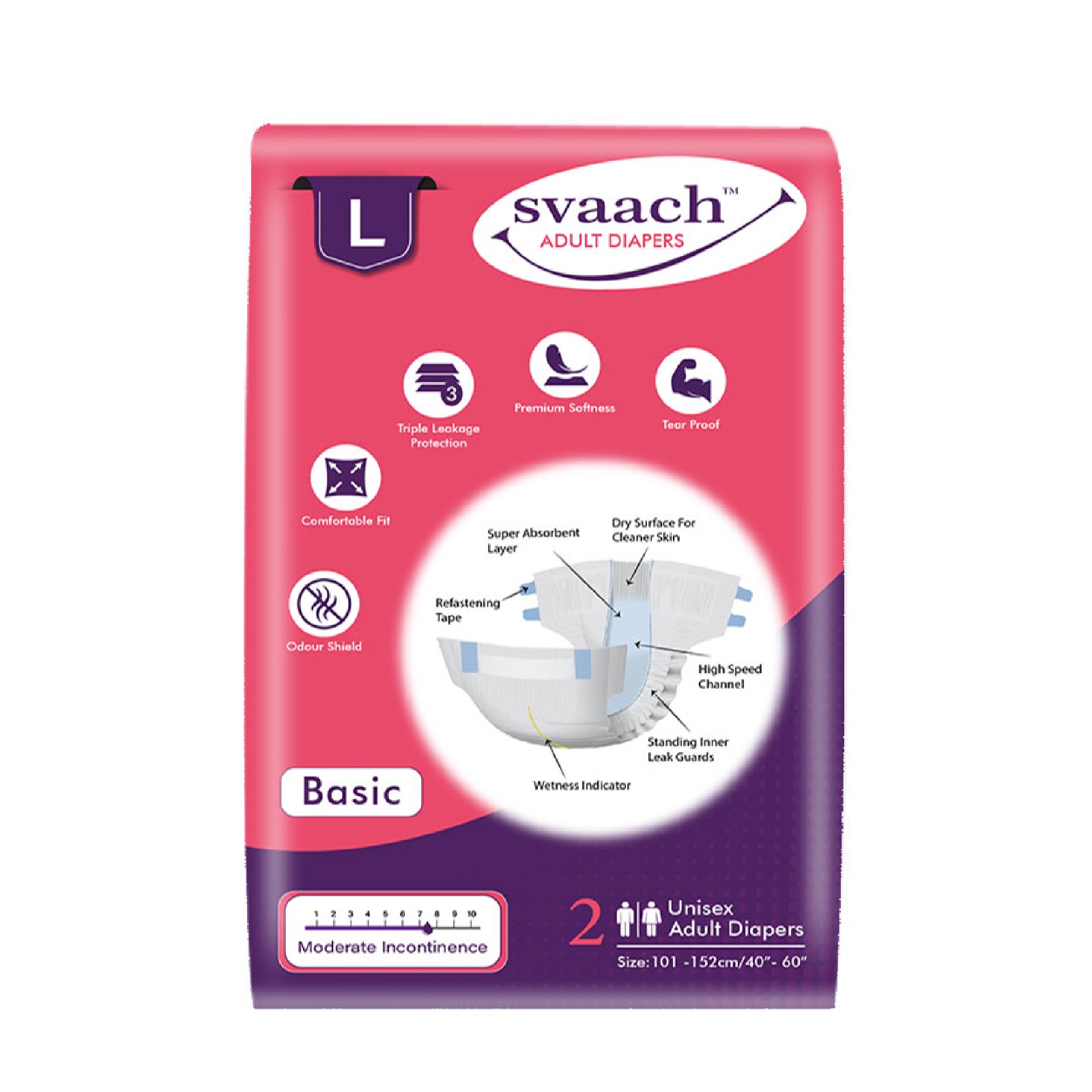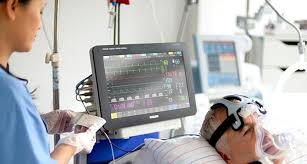The healthcare world has changed dramatically recently as digitalization has advanced precipitously. Smart medical gadgets, software programs, cloud-based data platforms, and electronic health records have made it possible to provide improved treatment and health monitoring inside and outside clinics and hospitals. The revolutionary tech solutions that fall under the umbrella term of digital therapeutics have lately turned a new page.
This article will explain what digital therapeutics are, how they help treat diseases, and why people should be interested in learning more about them.
Digital therapeutics: What is it?
Digital therapeutics (DTx) is a high-quality software system that provides patients with health-related tips, behavior recommendations, exercise regimens, and medication intake warnings, among other things. DTx products, like medications, deliver clinically verified effects that affect a condition. It sets DTx apart from the rest of the wellness apps and medicine reminders on the market. ADHD (attention deficit hyperactivity disorder), type 2 diabetes, obesity, anxiety, depression, congestive heart failure, and many more ailments and diseases cover in DTx medicines.
How may digital therapeutics perform?
- It is a set of preventive treatment activities for patients with chronic or severe diseases, like weight management and exercise advice for diabetes.
- Every day reports filed by depressed individuals are examples of sources of health information for making diagnosis and therapy decisions.
- Digital smoking cessation programs, for example, can be used alone or in combination with traditional therapies (in-person or pharmaceutical).
- Instruments for monitoring and tracking symptoms in order to enhance treatment programs and health problems over time, such as blood pressure control in hypertension patients.
Possible advantages of digital therapeutics
Digital therapies, despite a moderately new concept, promise a slew of benefits for physicians, healthcare professionals, patients, distributors, and other stakeholders.
Patients receive tailored care and treatment programs, have access to care from remote locations and have higher adherence to therapy, which improves treatment effectiveness.
Healthcare Providers who monitor people with chronic diseases remotely can monitor patients in real-time, make timely interventions, enhance the efficiency of care delivery, and eliminate the need for personal visits.
Distributors will be able to keep track of demand for various pharmaceuticals both regionally and nationally, assess the drug’s utility, and better manage the supply chain.
Payers can save costs associated with care activities, boost sales, and improve patient satisfaction and health outcomes.
Digital therapeutics relating to digital medicine, telehealth, and digital health
While these names overlap, they refer to various therapeutic procedures and goods. Furthermore, items in different categories have distinct regulatory monitoring and clinical evidence criteria. In order to have a comprehensive image of how diverse products might use in the market, it’s vital to distinguish between digital health, digital medicine, and digital therapeutics.
Digital health: It is the application of a variety of health-related technology, services, and products. In addition, it improves human health and makes healthcare more proactive in general. It is a catch-all term for ideas that combine information technology and healthcare. Digital health encompasses digital medicine and telehealth as the broadest, multidisciplinary word. The FDA does not regulate digital health items that do not fall under medical devices.
Digital medicine is a subset of digital health that encompasses the use of technology-driven goods as instruments for measuring and intervening in human health in order to support the practice of medicine in general. Digital medicine frequently works with drugs that combine prescription prescriptions with ingestible sensors. As a result, unlike digital health, such goods often require governmental approval.
Digital Therapeutics: It’s another tightly focused digital health subgroup is digital therapies. As highlighted above, it uses various hardware and software systems to provide evidence-based therapeutic interventions for patients with many behavioral, mental, and physical disorders.
Digital Therapeutics Treating Diseases
DTx is a new digital health category that focuses on modifying patient behavior and remote health monitoring to prevent, manage, and treat diseases. For example, such products can help to motivate patients to stick to a specific fitness schedule, diet, or medication regimen. Digital treatments, in contrast to ordinary wellness tracking apps that sometimes target multiple ailments, primarily target one.
Let’s look at some real-life applications of digital therapies.
FDA-approved digital therapy for the treatment of substance abuse disorders
Pear Therapeutics created two Prescription Digital Therapeutic (PDT) solutions that were among the first to earn FDA (Food and Drug Administration) approval for improving disease outcomes.
reSET is a 90-day PDT for adults with substance use disorder for people beyond the 18 ages. (SUD). The program employs clinically proven Cognitive Behavioral Therapy (CBT) to help people with SUD learn new skills, think positively, and avoid relapse-causing triggers. Patients download the app and complete daily lessons, quizzes, and reports about their substance usage, urges, and triggers.
reSET-O is a similar product, except it helps people with Opioid Use Disorder. Neither reSET nor reSET-O design is to use as a stand-alone therapy. However, they should use in conjunction with other therapies under the supervision of a doctor.
Diabetes treatment program
For diabetes, Omada Health provides digital behavioral therapies. They can reach more people this way than they could with traditional face-to-face therapies. In order to help patients regulate their glucose levels, Omada’s digital health program uses connected medical devices to measure their activity, weight, and nutrition. It includes training, individualized health coaching, and continuous support from qualified diabetes care specialists.
Monitoring heart failure drugs with a digital therapeutic platform
Biofourmis is a digital therapeutics firm that helps people with chronic illnesses by supplementing individualized care and therapies.
BiovitalsHF is the company’s principal product, prescription-only software that compares physiological signals from a wearable sensor with data from other chronic patients to detect early indicators of heart failure. It allows clinicians to make more precise forecasts and medication recommendations, resulting in better management of heart failure patients. The FDA recently designated the DTx product as a breakthrough device.
Digital treatments on prescription to treat depression and anxiety disorders
Ensemble, a prescription digital therapeutics solution from Happify Health, a software-enabled healthcare platform focusing on improving mental health, was released to aid persons diagnosed with Major Depressive Disorder (MDD) or Generalized Anxiety Disorder (GAD) (GAD). Based on cognitive-behavioral therapy (CBT), a clinician should recommend the product as a supplement to standard treatment for MDD and GAD.
Patients who use Ensemble can overcome MDD and GAD by learning new abilities, developing them into habits, and modifying negative thought patterns. Patients interact with Anna, an AI-powered digital mental health counselor, answering questions and following her instructions. The app also gives patients a schedule of daily activities to follow.
Treatment of psychosis with virtual reality technology
By enabling cutting-edge virtual reality therapy, the game-change VR system seeks to transform and improve the lives of persons with psychosis. Even social events like going to the doctor or shopping can cause worry and stress in those with psychosis. People retreat when they believe awful things will happen to them. Patients afraid of social situations might use the game change VR system to learn new behavioral patterns and feel safe.
How Digital Therapeutics is the future of Disease Treatment
Patients with chronic illnesses and ailments such as asthma, ADHD, diabetes, and others have already shown that digital treatments can help them improve their behavior and lifestyle. Furthermore, digital treatments have enormous potential in locations where treatment demand exceeds supply. According to Astute Analytica, the global digital therapeutics market will grow at a CAGR of 23.1% during the forecast period 2022-2030.
According to the AAMC (Association of American Medical Colleges), demand will outstrip supply by 42 percent by 2034, resulting in a physician shortage. This challenge can solve by combining early disease detection with prompt digital treatment measures. It’s reasonable to assume that as more digital therapeutic solutions develop, more therapy options will be available in the future that addresses a broader range of behavioral, mental, and physical difficulties.
*****


